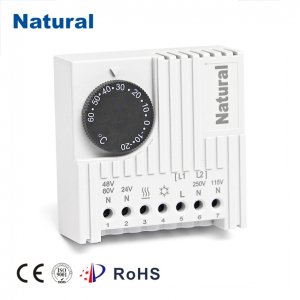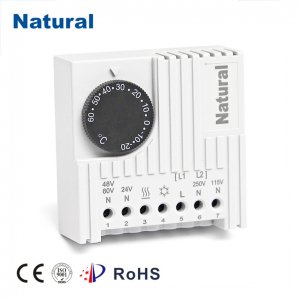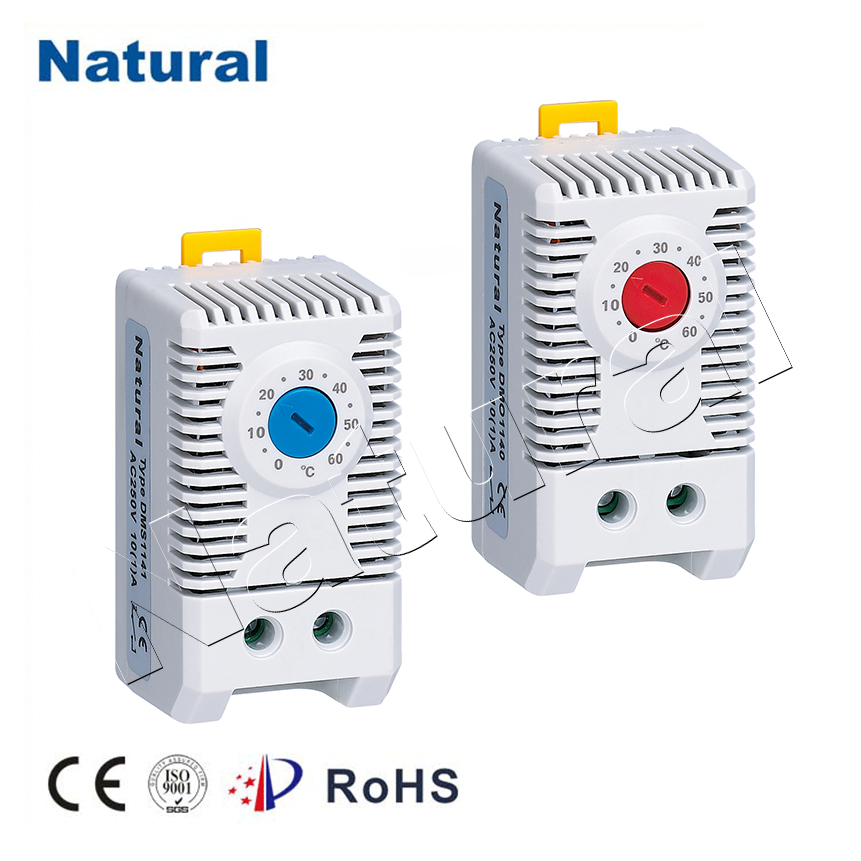A thermostat is a crucial component of your home’s heating and cooling system, and when it comes to residential HVAC systems, the 24V thermostat stands as one of the most commonly used and reliable options. Whether you’re looking to replace an old thermostat or you’re simply curious about how these devices work, understanding the 24V thermostat can help you make more informed decisions regarding your HVAC system.

What is a 24V Thermostat?

A 24V thermostat is a type of temperature control device designed to regulate the temperature of a room or a building. As the name suggests, this device operates on a 24-volt electrical system. This voltage level is common in many residential HVAC (Heating, Ventilation, and Air Conditioning) systems, particularly those that use low-voltage systems. While there are various types of thermostats available, the 24V thermostat is a go-to choice for many households because of its efficiency and compatibility with various heating and cooling systems. How Does a 24V Thermostat Work? The basic function of a thermostat is to monitor the temperature in a space and adjust the operation of your HVAC system to maintain a comfortable environment. In the case of the 24V thermostat, it works by sending low-voltage electrical signals to a heating or cooling system to either turn it on or off, based on the current temperature.
